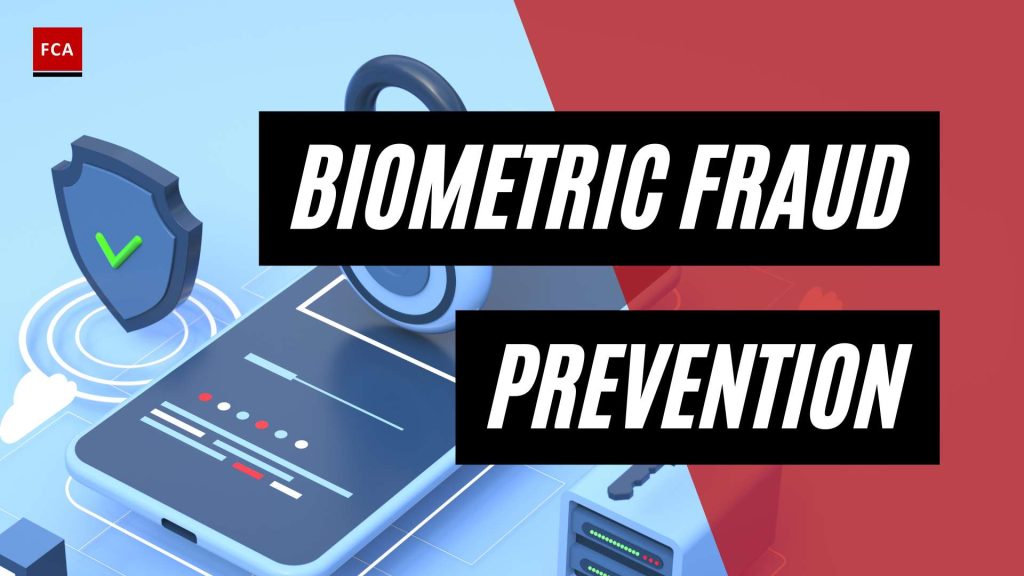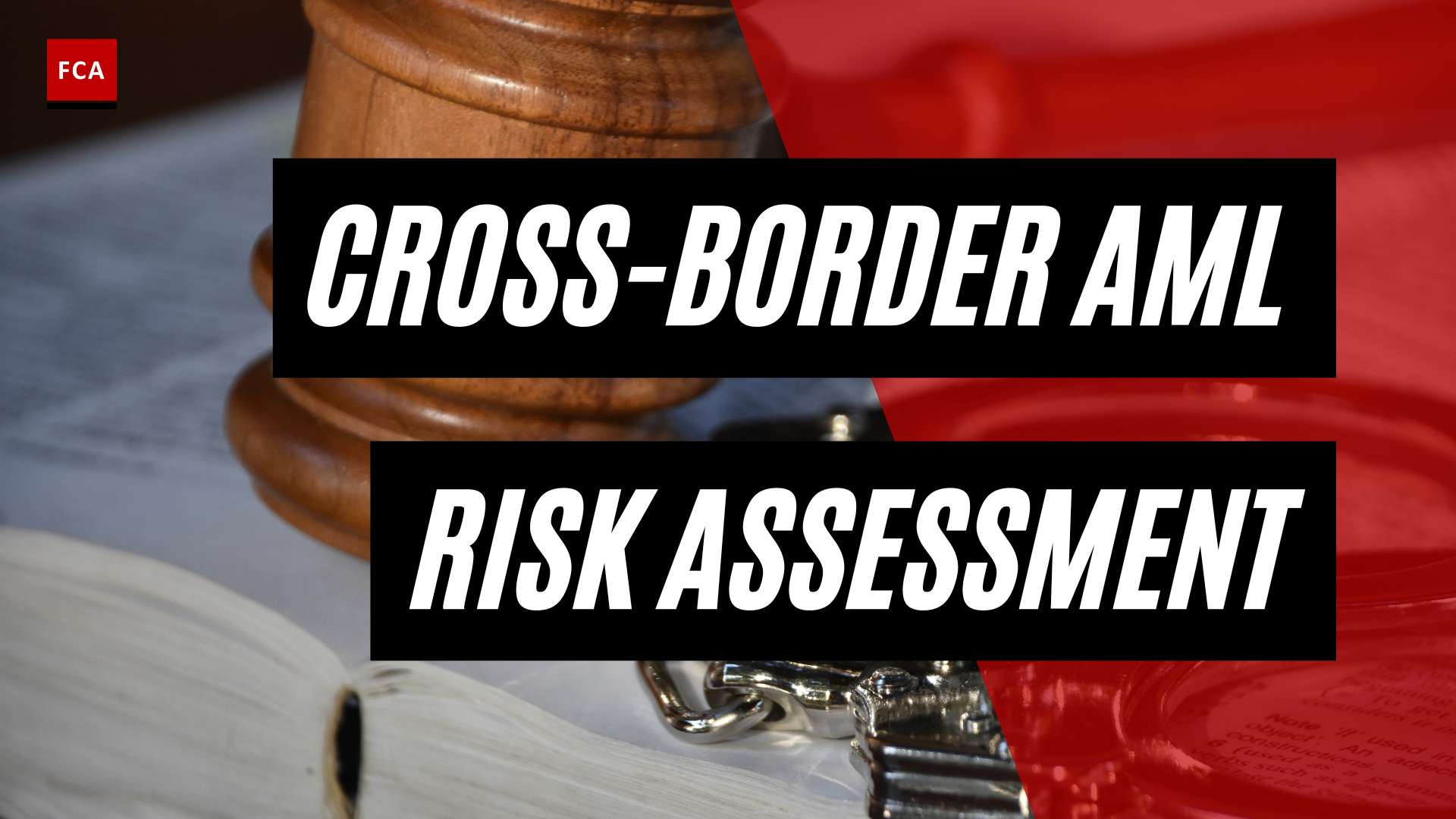Biometric Fraud Prevention
As instances of identity theft and financial fraud continue to rise, the adoption of biometric fraud prevention has become increasingly important in various sectors. Biometric technologies offer a secure and reliable means of verifying and authenticating individuals based on their unique physiological or behavioral characteristics. This section explores the rise of biometric technologies and the benefits they bring to fraud prevention efforts.
The Rise of Biometric Technologies
The global market for biometric technologies is experiencing significant growth, with a projected market size of $83.5 billion by 2028, growing at a compound annual growth rate (CAGR) of 20.1% from 2021 to 2028 (Aware). This growth can be attributed to the increasing adoption of biometrics across various industries, including finance, healthcare, government, and more. Biometric technologies provide a reliable and secure method of identity verification, revolutionizing fraud prevention efforts.
Financial institutions, in particular, have embraced biometric technologies to enhance security measures and protect customer accounts from unauthorized access. Biometrics offer a higher level of assurance compared to traditional authentication methods such as passwords or PINs. By relying on unique biological or behavioral traits, such as fingerprints or facial recognition, biometric systems provide a more robust defense against fraudsters.
Benefits of Biometric Fraud Prevention
Integrating biometric fraud prevention measures into financial institutions and other sectors offers numerous benefits. Firstly, biometrics provide enhanced security, reducing the risk of unauthorized access and identity theft. Unlike passwords or PINs that can be easily forgotten, shared, or stolen, biometric traits are unique to each individual, making it extremely difficult for fraudsters to impersonate someone else.
In addition to security, biometric technologies also offer convenience to users. With biometric authentication systems, individuals no longer need to remember multiple passwords or PINs. Instead, they can simply use their unique biological or behavioral traits to access their accounts or services. This eliminates the frustration of forgotten passwords and streamlines the authentication process.
Furthermore, by implementing biometric fraud prevention measures, financial institutions can mitigate risks associated with identity theft and financial fraud. Biometric identity verification solutions provide a higher level of certainty in establishing the true identity of individuals, reducing the likelihood of fraudulent activities.
In conclusion, the rise of biometric technologies has revolutionized fraud prevention efforts across various sectors, including finance. The adoption of biometrics offers enhanced security, convenience, and improved risk management, safeguarding customer accounts and minimizing the risks associated with identity theft and financial fraud. As the market for biometric fraud prevention continues to grow, advancements in biometric technologies and multi-layered security approaches will shape the future of fraud prevention strategies.
Biometric Technologies for Fraud Prevention
In the realm of fraud prevention, biometric verification technologies have emerged as powerful tools to enhance security measures and safeguard sensitive information. Three commonly used biometric technologies for fraud prevention are facial recognition technology, fingerprint recognition technology, and iris recognition technology.
Facial Recognition Technology
Facial recognition technology has gained significant traction across various industries, including the banking sector, as an effective means of enhancing security measures and preventing unauthorized access to accounts or information. By analyzing unique facial features and matching them against stored biometric templates, facial recognition systems can accurately identify individuals and deter fraudulent activities.
One of the key advantages of facial recognition technology is its ability to prevent presentation attacks, where fraudsters attempt to spoof electronic ID systems using high-quality photos or videos (FacePhi). Advanced facial recognition algorithms can analyze the unique characteristics of facial movement and skin texture through liveness detection, effectively thwarting such fraudulent attempts.
Fingerprint Recognition Technology
Fingerprint recognition technology is widely recognized as one of the most reliable and widely used biometric authentication methods. By capturing and analyzing the unique patterns and ridges on an individual’s fingertips, fingerprint recognition systems provide a high level of accuracy and security.
Financial institutions have integrated fingerprint recognition technology into their authentication systems to ensure that only authorized users can access sensitive data and perform transactions, reducing the likelihood of fraud. The uniqueness and permanence of fingerprints make them highly reliable for identification purposes. Additionally, fingerprint templates are irreversible and do not contain personal information, making them useless to fraudsters even if stolen from a company’s database (ID R&D).
Iris Recognition Technology
Iris recognition technology utilizes the unique patterns within the iris of an individual’s eye to establish their identity. The iris, with its complex and distinctive characteristics, serves as a highly accurate biometric identifier.
Financial institutions and other organizations have adopted iris recognition technology to enhance security measures and prevent fraudulent activities. Iris recognition systems capture high-resolution images of the iris and employ advanced algorithms to create unique biometric templates for each individual. These templates are then used for comparison and identification purposes, ensuring that only authorized individuals can access restricted areas or perform sensitive transactions.
By leveraging facial recognition, fingerprint recognition, and iris recognition technologies, financial institutions and other organizations can implement multi-layered security approaches to combat fraud and protect sensitive information. These biometric technologies offer an additional layer of security beyond traditional forms of authentication, such as passwords or PINs, which can be easily compromised. As advancements in biometric technologies continue to unfold, the future of biometric fraud prevention appears promising, with increased accuracy, reliability, and adoption across industries.
Liveness Detection in Biometric Systems
Liveness detection is a crucial component of biometric fraud prevention systems. It ensures the presence of a real person during the biometric authentication process, providing an additional layer of security beyond simple biometric matching. By analyzing unique characteristics of facial movement, skin texture, or other biometric features, liveness detection helps prevent presentation attacks and thwarts spoofing attempts.
Preventing Presentation Attacks
One of the primary threats in biometric systems is presentation attacks, where fraudsters attempt to deceive the system by presenting a high-quality photo, video, or other non-genuine biometric reference. Liveness detection technology has proven effective in detecting and preventing such attacks. By analyzing the dynamic aspects of biometric features, such as facial movement or voice patterns, liveness detection can identify signs of life that distinguish genuine human presence from static or artificial samples.
Liveness detection algorithms are designed to identify subtle cues that indicate the presence of a live person. These cues may include eye movements, blinking, changes in skin texture, or even responses to challenges or prompts presented during the authentication process. By actively verifying the liveliness of the individual, biometric systems can significantly reduce the risk of presentation attacks.
Thwarting Spoofing Attempts
Spoofing attempts involve the use of sophisticated techniques to bypass biometric security measures. This may include the use of fake fingers, masks, or deep fakes to deceive the system. Liveness detection plays a critical role in thwarting these attempts by analyzing the unique characteristics of facial movement and skin texture.
Liveness detection algorithms are designed to detect anomalies that indicate the presence of a non-genuine biometric reference. By analyzing the dynamic properties of the face, such as micro-expressions or subtle changes in skin texture, the system can differentiate between a live person and an artificial representation. This capability helps ensure that only genuine individuals are granted access, enhancing the overall security of biometric authentication systems.
It’s important to note that while liveness detection significantly reduces the risk of presentation attacks and spoofing attempts, it is not foolproof. Ongoing research and development in biometric technologies continue to enhance the robustness of liveness detection algorithms to stay ahead of evolving fraud techniques.
By incorporating liveness detection into biometric systems, financial institutions and other organizations can enhance their security measures and safeguard customer accounts from fraudulent activities. As the field of biometric technology continues to advance, multi-modal approaches and the integration of biometric compliance solutions will further enhance the effectiveness of fraud prevention systems and ensure the integrity of identity verification processes.
Biometric Authentication in Financial Institutions
As the threat of fraud continues to evolve, financial institutions are turning to biometric fraud prevention technologies to enhance security measures and safeguard customer accounts. By leveraging unique physical and behavioral characteristics, biometric authentication provides a higher level of security compared to traditional methods such as passwords and PINs. Let’s explore how biometric authentication is enhancing security measures and protecting customer accounts in financial institutions.
Enhancing Security Measures
Financial institutions face constant challenges in ensuring the security of customer accounts and protecting sensitive financial information. Biometric authentication systems, such as biometric identity verification and biometric authentication systems, have been increasingly integrated into the banking sector to address these challenges.
By leveraging biometric traits such as facial recognition or fingerprint scans, financial institutions can enhance security by ensuring only authorized users can access sensitive data and perform transactions. This significantly reduces the likelihood of fraud and unauthorized access to customer accounts. Biometric authentication methods are difficult to replicate or deceive, making them a reliable tool for protecting against identity theft and unauthorized account access.
Safeguarding Customer Accounts
One of the primary objectives of biometric authentication in financial institutions is to safeguard customer accounts. By utilizing biometric verification technologies, financial institutions can verify the identity of customers with a high degree of accuracy. This prevents unauthorized individuals from accessing customer accounts, even if they possess stolen usernames or passwords.
The integration of biometric identity management systems helps financial institutions combat fraud by ensuring that the person attempting to access an account is the legitimate account holder. This eliminates the risks associated with password sharing, forgotten passwords, and theft or loss of smart cards. Biometric authentication adds an additional layer of security that is unique to each individual, reducing the risk of fraudulent activities.
To further enhance security, financial institutions often employ multi-modal biometric systems that combine different biometric traits for authentication. This approach provides an added level of confidence in verifying the identity of individuals, making it more difficult for fraudsters to bypass security measures.
As the use of biometrics for authentication continues to grow, financial institutions are augmenting their security measures and protecting customer accounts with advanced biometric compliance solutions. These solutions not only streamline the authentication process but also ensure compliance with regulatory requirements, such as biometric KYC solutions and biometric transaction monitoring. By adopting biometric authentication technologies, financial institutions can stay ahead of evolving fraud techniques and provide a secure environment for their customers’ financial transactions.
The future of biometric fraud prevention holds even more promise, with advancements in biometric technologies and the adoption of multi-layered security approaches. Financial institutions will continue to leverage the power of biometric authentication to protect customer accounts and combat financial crime.
Privacy Concerns in Biometric Fraud Prevention
As biometric fraud prevention becomes more prevalent in various industries, including finance, privacy concerns surrounding the collection and storage of biometric data have emerged. While biometric technologies offer enhanced security and convenience, it is crucial to address these concerns to ensure the protection of individuals’ personal information.
Collection and Storage of Biometric Data
One of the primary privacy concerns relates to the collection and storage of biometric data. Biometric systems capture unique physical or behavioral characteristics, such as fingerprints, facial features, or iris patterns, to create a digital template for identification or authentication purposes. This raises questions about how this sensitive information is collected, stored, and safeguarded.
To mitigate privacy risks, organizations implementing biometric systems should adhere to robust privacy principles. These principles include obtaining informed consent from individuals before collecting their biometric data, clearly communicating the purpose and scope of the data collection, and ensuring compliance with relevant data protection regulations.
Furthermore, organizations should implement strict security measures to protect the stored biometric data from unauthorized access or breaches. This includes encryption of the data at rest and during transmission, secure storage practices, and regular security audits to identify and address potential vulnerabilities.
Mitigating Privacy Risks
To address privacy concerns, organizations should adopt best practices when implementing biometric fraud prevention measures. These practices include:
-
Transparency and Consent: Organizations should be transparent about their use of biometric technologies and obtain informed consent from individuals before collecting their biometric data. Clearly communicating the purpose, duration, and scope of data collection helps individuals make informed decisions regarding the use of their personal information.
-
Data Minimization: Collecting only the necessary biometric data minimizes privacy risks. Organizations should limit the collection of biometric information to what is required for the specific purpose of the system, ensuring that data is not retained beyond its intended use.
-
Data Security: Robust security measures are crucial to protect biometric data. Organizations should implement strong encryption methods to secure the stored data, restrict access to authorized personnel only, and regularly monitor and update security protocols.
-
Anonymization and De-identification: Whenever possible, organizations should consider anonymizing or de-identifying biometric data to further protect individuals’ privacy. This involves removing or encrypting personally identifiable information from the stored biometric templates.
-
Compliance with Regulations: Organizations must comply with applicable data protection and privacy regulations, such as the General Data Protection Regulation (GDPR) in the European Union or the California Consumer Privacy Act (CCPA) in the United States. Understanding and adhering to these regulations ensures that biometric data is handled in a lawful and privacy-conscious manner.
By implementing these privacy-focused measures, organizations can address concerns surrounding the collection and storage of biometric data. It is essential to strike a balance between the benefits of biometric fraud prevention and the protection of individuals’ privacy rights to foster trust and confidence in these technologies.
The Future of Biometric Fraud Prevention
As technology continues to evolve, so does the field of biometric fraud prevention. Advancements in biometric technologies and the adoption of multi-layered security approaches are shaping the future of this field, enhancing security measures and safeguarding sensitive information.
Advancements in Biometric Technologies
The market size of biometric technology is projected to reach $83.5 billion by 2028, with a compound annual growth rate (CAGR) of 20.1% from 2021 to 2028. This growth is driven by the increasing instances of identity theft and financial frauds, leading various sectors to embrace biometric technologies for fraud prevention.
Financial institutions have been at the forefront of integrating biometric systems like facial recognition and fingerprint recognition to enhance security measures and prevent unauthorized access to accounts or information (Aware). By leveraging biometric traits, such as facial recognition or fingerprint scans, these institutions ensure that only authorized users can access sensitive data and perform transactions, reducing the likelihood of fraud (FacePhi).
The unique characteristics of biometrics, such as fingerprints, iris patterns, or facial features, provide a more reliable method for identity verification compared to traditional forms of authentication like passwords or tokens (Office of the Victorian Information Commissioner). As biometric technologies advance, their accuracy, speed, and ease of use continue to improve, making them an invaluable tool in the fight against financial crime.
Multi-Layered Security Approaches
While biometric authentication systems provide an additional layer of protection beyond traditional security methods, it is essential to adopt a multi-layered security approach to mitigate risks associated with biometric fraud prevention. This approach involves combining multiple security measures to create a robust defense system.
Implementing regular updates, encryption techniques, segregation of duties, and strict access controls are fundamental aspects of a multi-layered security approach (Spiceworks). These measures help ensure that the biometric data collected and stored remains protected from unauthorized access.
Additionally, combining biometric authentication with other verification factors, such as passwords or tokens, further strengthens the security posture of financial institutions and other industries. This multi-modal approach provides an added layer of protection by requiring multiple forms of identification, making it more difficult for fraudsters to breach the system.
As the field of biometric fraud prevention continues to evolve, advancements in biometric technologies and the implementation of multi-layered security approaches will remain critical in combating financial crime. By staying at the forefront of these developments, businesses and organizations can enhance their security measures, protect customer accounts, and contribute to a safer financial landscape.








